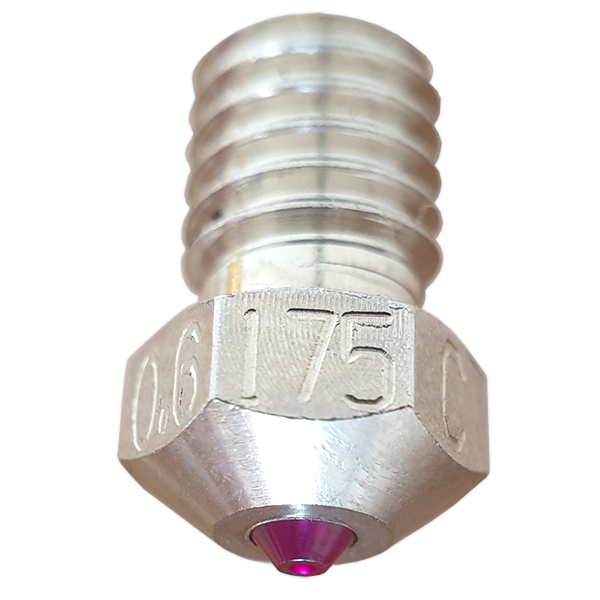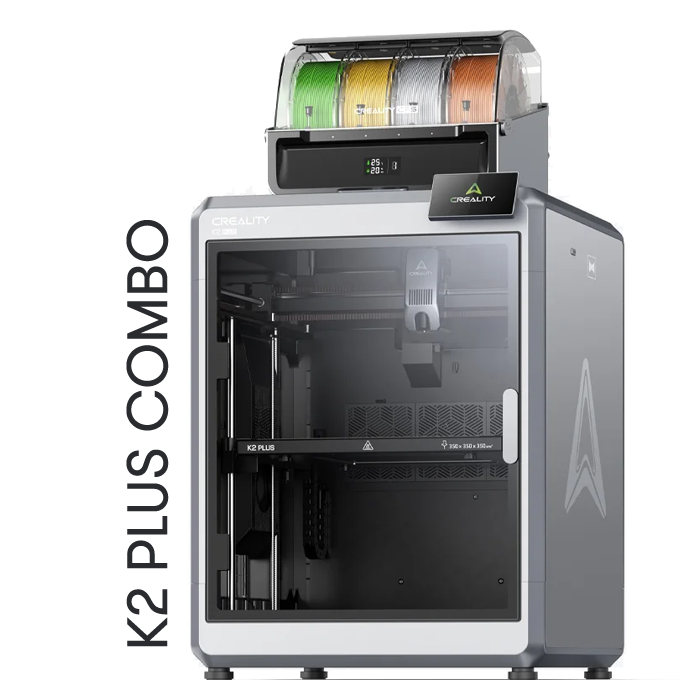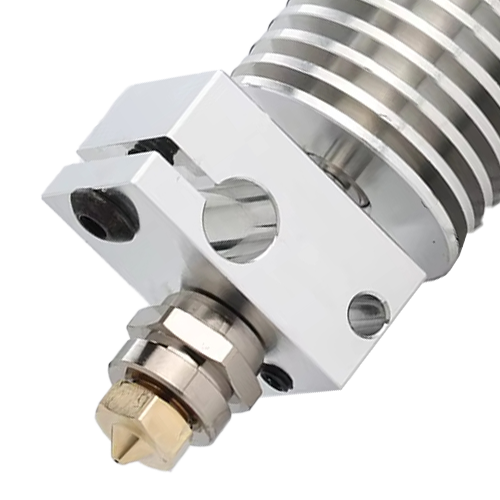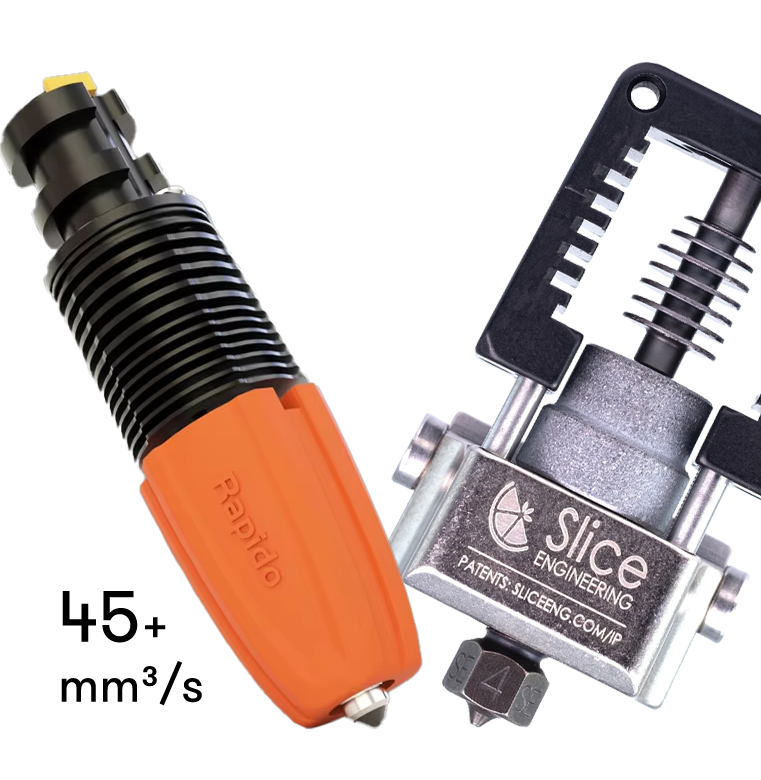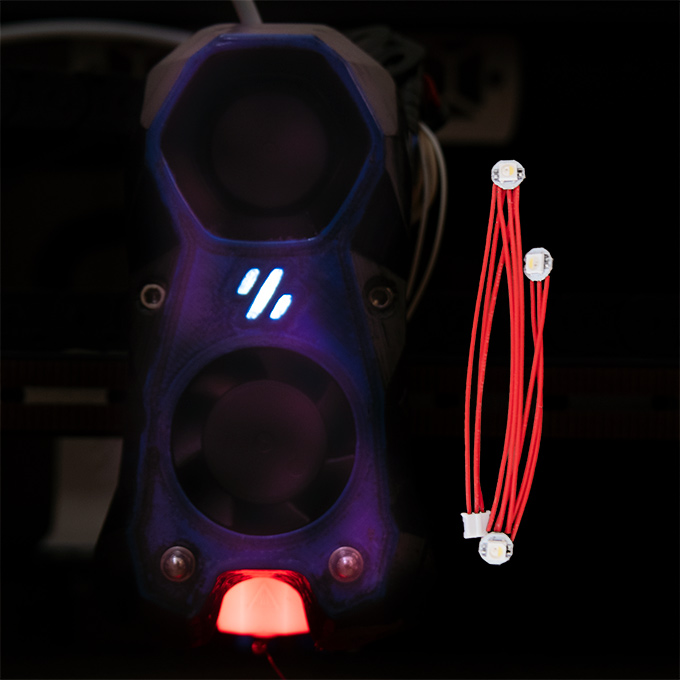Trianglelab is one of my favorite suppliers for 3D printing parts and components and in the last few years, I buy mainly Trianglelab nozzles. They are not the cheapest but never disappoint. Good geometry and machining combined with the right materials and coating help get the most out of the nozzle.
Triangle-lab offers the same nozzles in V6 and MK8 formats. V6 is compatible with E3D V6 assemblies, and most of the modern hotends like Dragon, Dragon-fly, Rapido, Mosquito. MK8 is compatible with Creality hotends on Ender and CR-10 series of printers.
Before reviewing the best Trianglelab nozzles and their applications, let’s see why choosing the right nozzle is essential for your 3d printing experience.
Selection criteria for nozzles
Here are the top considerations when buying a nozzle in order of importance:
- Filaments that can handle the nozzle. There are universal nozzles that can handle all types of filament and there are cheaper more limited nozzles for abrasive/non-abrasive filaments, sticky filaments, and different ranges of temperatures.
- Nozzle size. It determines your printing speed and print details. Smaller nozzles mean smaller filament output and lower flow rate, but give you great detail. Larger nozzles allow printing at higher layer heights and flow rates, but you sacrifice some resolution. The choice of nozzle size depends also on the filament. Generally, composite materials with particles (wood, metals, CF, etc.) would require at least a 0.6 nozzle.
- Machining quality. The smooth internal surface and geometry are key for good printing quality and for the lifespan of the nozzle. The boring machining of tough metals like hardened steel is difficult and here you can see the excellent workmanship of Tringlelab nozzles.
- Thermal conductivity. It depends on the nozzle material. Brass has better heat transfer than steel. Copper is better than brass. It basically shows how reactive is the nozzle to temperature changes and it becomes very important for temperatures above 280℃ in order to assure tighter temperature control.
- Price. Though it is the last consideration in this list, for many hobbyists it could be a more important characteristic. Some people buy expensive universal nozzles for peace of mind or because want to have the best equipment. If you print PLA or ABS only a cheap $3 good brass nozzle will do the same job. Well, it will die faster. So, if you don’t mind changing nozzles often, you can better manage the budget by using products limited to your filament.
What Triangle-Lab nozzle to choose?
Here is our selection of the best Trianglelab nozzles per application.
Best universal Trianglelab nozzle
Universal nozzles are compatible with all filaments and temperatures (up to 500℃). These high-end nozzles are designed to last. They are great if you want to minimize maintenance and never install another nozzle.

Our recommendation for the best universal nozzle is the Trianglelab plated copper-ruby nozzle. This is a high-quality nozzle, designed to print abrasive materials while retaining the excellent heat conductivity of copper.
The Trianglelab Ruby handles a huge range of filaments. PLA, PETG, TPU, ABS, CPE/PET, Nylon, and composite filaments with abrasive particles (CF (carbon fiber), metals, wood, etc.) It works up to 500℃ and could print even PEEK.
The nozzle is from nickel-plated copper alloy for great heat transfer (3xbetter than brass) while the ruby mounted at the tip can print even the toughest filaments. Moreover, the copper alloy is hardened and processed to minimize copper oxidation at high temperatures.
To take full benefit of the ruby nozzle we recommend a size of 0.6mm. It assures you’ll be able to print materials with abrasive additives without clogging.
Check the price
V6 – e3d v6 + hotends with v6 nozzles (Dragon, DragonFly, Mosquito, Rapido, etc.)
MK8 – Creality hotends (Ender/CR10)
MK10 – all Micro Swiss MK10 products
Note: Trianglelab has also a diamond V6 nozzle if you are hunting for the best of the best. It is more expensive though, and we believe Ruby offers the optimum cost/value ratio.
Check this review for more information and tests of the Trianglelab HT Ruby nozzle.
Best Trianglelab nozzle for non-abrasive filaments
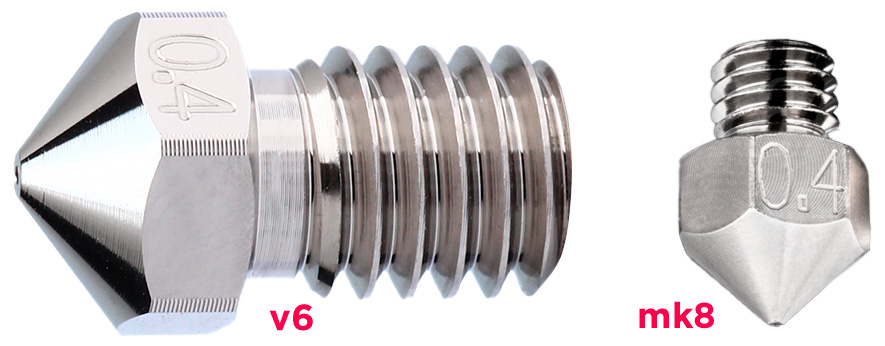
The plated copper alloy HT T-V6 nozzle is our recommendation for printing non-abrasive materials. The copper alloy is hardened and more durable than brass while offering 3 times better thermal conductivity. It is nickel-plated and can handle sticky filaments.
This nozzle is the right choice for printing PLA, PETG, TPU, ABS, Nylon, PC. It can go up to 500℃, so PEI shouldn’t be an issue if your chamber allows it.
Check the price:
Best Trianglelab nozzle for abrasive filaments
Hardened steel nozzles are a classic for abrasive filaments. They are robust, durable, and reliable, but with low thermal conductivity. Their performance depends on how good was the machining. Trianglelab hardened steel nozzles are well-machined and with smooth internal surfaces. This helps to minimize chances for clogging not only with abrasive filaments but also with other non-sticky filaments like PLA and ABS.
Here we can mention the excellent normal hardened steel nozzle or the DLC-coated hardened steel nozzle (similar to e3d’s NozzleX).
Our choice however is the ZS nozzle.
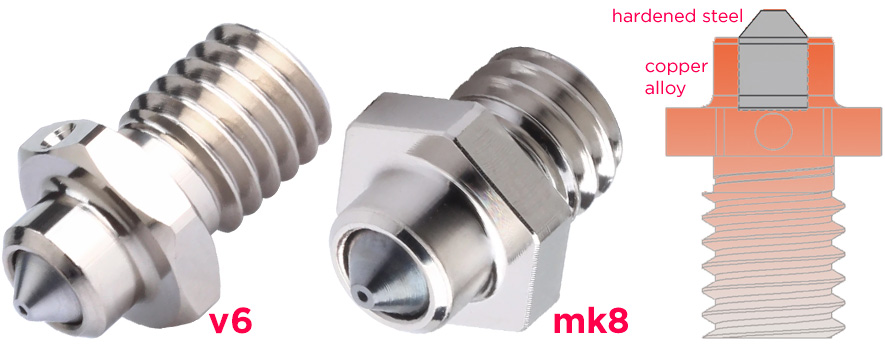
The ZS nozzle has a nickel-plated copper body and a hardened steel insert with DLC (Diamond-Like Carbon) coating. Like the other copper alloy nozzles it offers great heat transfer while the DLC-hardened steel tip can handle highly-abrasive composite filaments. We recommend buying the 0.6mm size.


Check the ZS nozzle price:
Conclusion
I use personally all nozzles presented in this review. The copper Ruby nozzle is in constant use for 2+ years and though the external coating is somewhat degraded the print quality is still perfect.
Copper nozzles for non-abrasive filaments are installed on all our other printers (mainly for ABS). The ZS nozzle is working for less than a mount and so far it performs beautifully. TBH, I print very occasionally abrasive filaments (some Wood and CF), but the ZS also handles well standard filaments and PC.
Reed also why a custom V6 assembly is still a hotend to consider in 2023.
